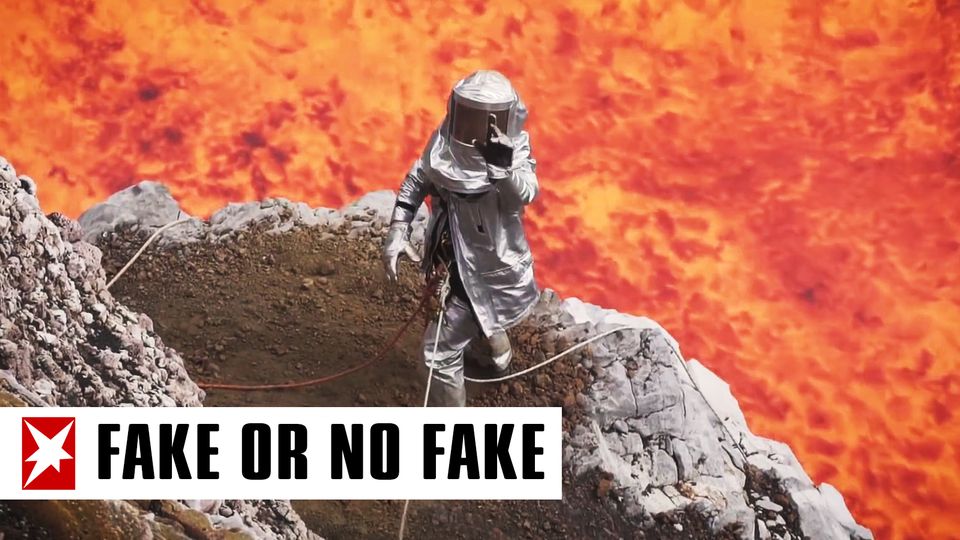New study
Suddenly the ground rises. Will a volcano arise again in the Eifel?
The last volcanic eruption took place at Lake Laach almost 13,000 years ago. Today, rising gases indicate magmatic activity
© Thomas Frey / DPA
The earth in the Eifel region last spewed lava around 13,000 years ago. Could it be that time again soon? Volcanism in the region is still active. Researchers have taken a closer look at the phenomenon.
“Volcanism in the Eifel is young. You cannot rule out that an eruption will occur again at some point,” says Torsten Dahm from the German Georesearch Center (GFZ) in Potsdam. Nobody can say whether this will be the case in 100 or 1,000 years. “That’s why it’s also important to observe better, because we expect that if something were to change, we would be able to see it in the measurement data.”
Magma collects
According to researchers, the major eruption 13,000 years ago had the same force as the Philippine volcano Pinatubo, which catapulted five billion cubic meters of ash and dust into the air in 1991. It is assumed that magma accumulates under the Eifel at a depth of around 50 kilometers, scientists wrote in a study presented in 2019. The uplift area with the Eifel center also includes Luxembourg, eastern Belgium and the south of the Netherlands.
There is still a lot of unknown hidden beneath the earth. “We know that there is an old magmatic reservoir somewhere under Lake Laacher See, but we don’t know exactly where it is,” says Dahm. Detecting it and learning more about the earth’s crust and mantle structure were the goals of a study that the GFZ and partners led until autumn 2023.
Possible use for geothermal energy
Dahm, the project manager, explains that more than 350 seismic stations were temporarily set up around the volcanic fields of the Eifel and earthquakes and background noise were recorded for a year. The data would now be evaluated. “If we knew where the reservoir was, we could specifically investigate what condition it is in today. It could still be warm and could possibly be used for geothermal energy.”

Volcanism in the Eifel is the only one in the country that is still active, says Dahm, who heads the earthquake and volcano physics section at the GFZ. In order to better record earthquakes there, the measuring network is being expanded. In the medium term, eleven new measuring stations are to be built across the Eifel. Scientists are also taking a closer look at how the ground is rising. “Of the 24 planned GPS stations, 20 have already been set up around Lake Laacher in recent years to measure possible ground movements,” explains Zhiguo Deng from the GFZ.
German researchers reported at the beginning of 2019 that the Eifel is still an active volcanic system. Since 2013, they have detected eight series of low-frequency earthquakes under Lake Laacher at depths of up to 45 kilometers. These are indications that magmatic fluids from the upper mantle could rise into the earth’s crust, they wrote in the “Geophysical Journal International”.

